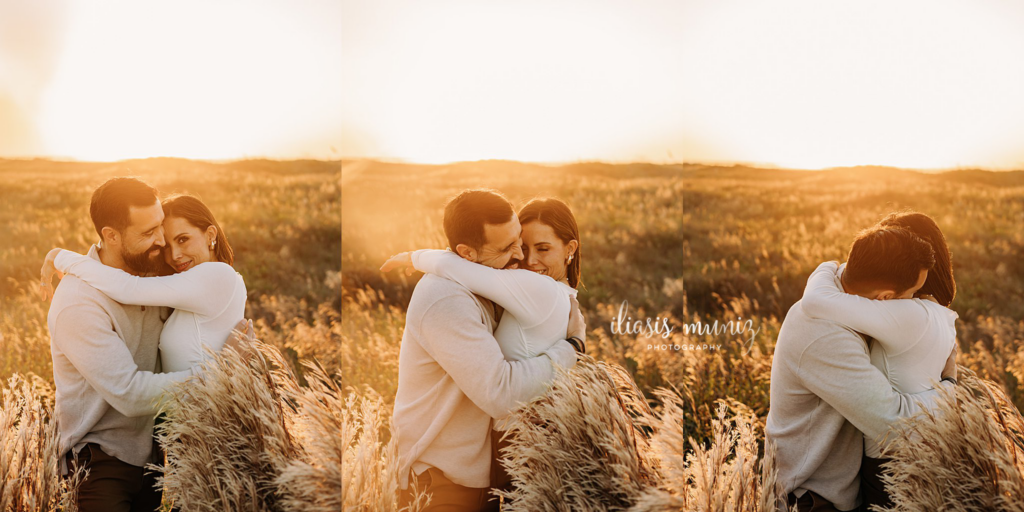5 Photography Trends to look forward to in 2025!
Here are 5 natural light photography trends to look forward to in 2025:
- Golden Hour Minimalism
Photographers will increasingly embrace a more stripped-down, intentional approach during golden hour shoots. Instead of overly staged or complex compositions, the focus will be on clean lines, negative space, and subtle interactions between light, shadow, and subject. Expect to see more editorial-style portraits and landscape images that capture the ethereal quality of early morning or late afternoon light with remarkable simplicity. - Computational Light Manipulation
Advances in smartphone and mirrorless camera technology will enable photographers to digitally enhance and manipulate natural light in real-time. This trend will blur the lines between traditional photography and digital art, allowing for on-the-spot color temperature adjustments, dynamic range expansion, and creative light filtering without extensive post-processing. - Ecological Storytelling Through Light
Natural light photography will become a powerful medium for environmental narratives. Photographers will use light to highlight climate change impacts, biodiversity, and human interactions with landscapes. This trend will focus on capturing moments that reveal environmental changes, using light as a narrative tool to evoke emotional responses and raise awareness about ecological issues. - Inclusive Skin Tone Representation
There will be a continued push towards lighting techniques that beautifully and accurately represent diverse skin tones. Photographers will develop more nuanced approaches to natural light that celebrate the richness and depth of different complexions, moving beyond traditional Western-centric lighting standards and embracing global aesthetic diversity. - Immersive Natural Light Experiences
Emerging technologies like augmented reality (AR) and advanced display technologies will allow photographers to create more interactive and immersive natural light experiences. This might include photography exhibitions where viewers can experience subtle light shifts, interactive installations that change based on viewer proximity, or digital platforms that allow deeper exploration of light’s transformative qualities.
These trends reflect a growing appreciation for natural light not just as a technical element of photography, but as a profound, emotional, and narrative medium.



















 Celebrate Your Glow: A Luxury Motherhood Photoshoot Experience
Celebrate Your Glow: A Luxury Motherhood Photoshoot Experience 
